Mastering AI Prompt Engineering: A Comprehensive Guide
In today’s rapidly evolving AI landscape, where jobs are being automated quickly, knowing how to communicate effectively with AI tools has become an essential skill. Whether you’re looking to boost productivity, enhance creativity, or streamline workflows, mastering AI prompt engineering can help you achieve better results.
Nvidia Ceo once said:

I recently completed Google’s 9-hour Course so you don’t have to. By the end of this guide, you’ll learn how to craft highly effective AI prompts and create super prompts that maximize AI’s potential.
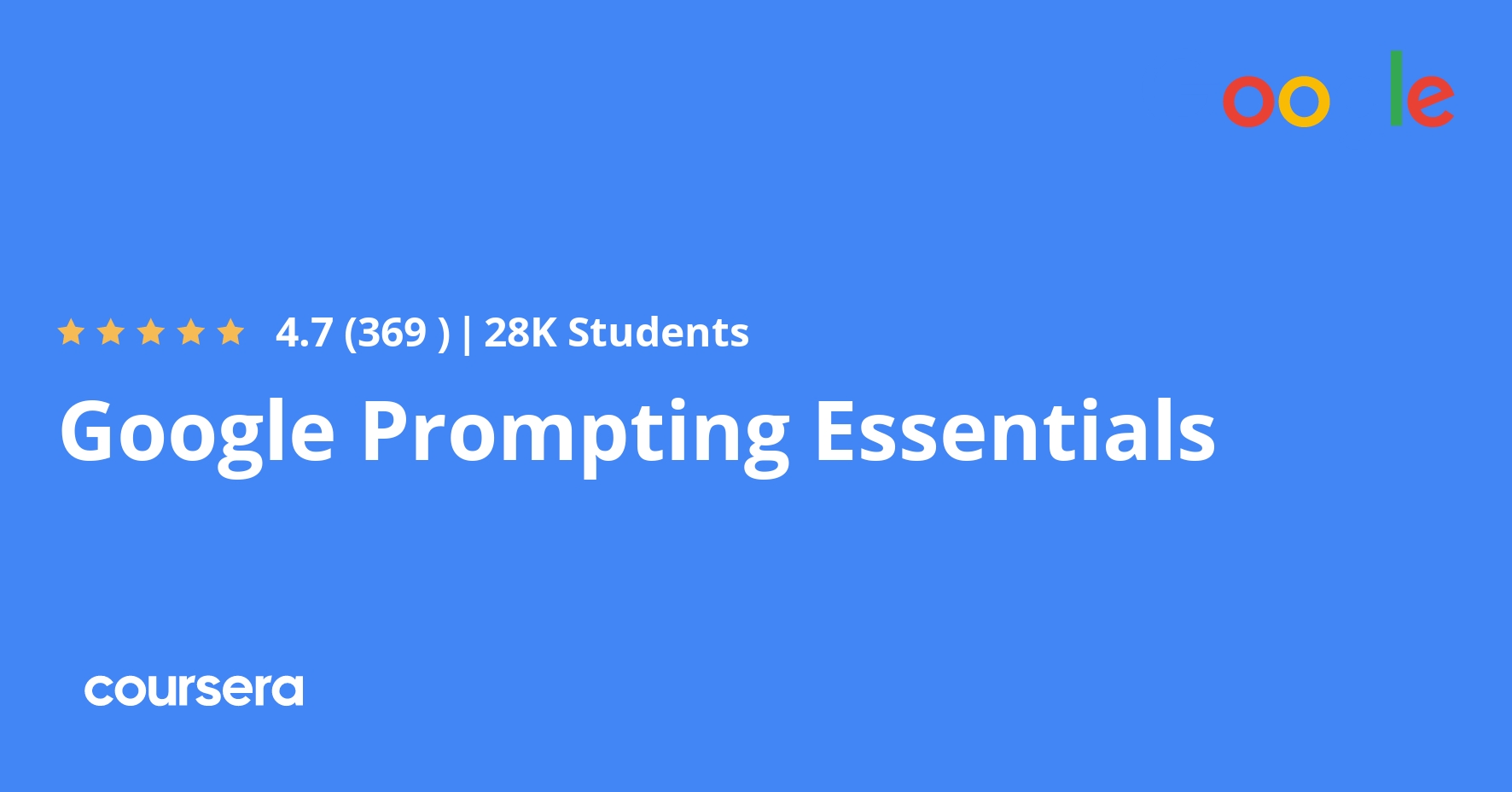
Understanding the Fundamentals
Before diving into advanced techniques, let’s start with the basics. AI prompting is the process of providing specific instructions to an AI system to generate the best possible response. AI models can produce text, images, videos, and even code, but the quality of the output depends on the clarity of the prompt.
Google’s course introduces a five-step framework to create more effective prompts:
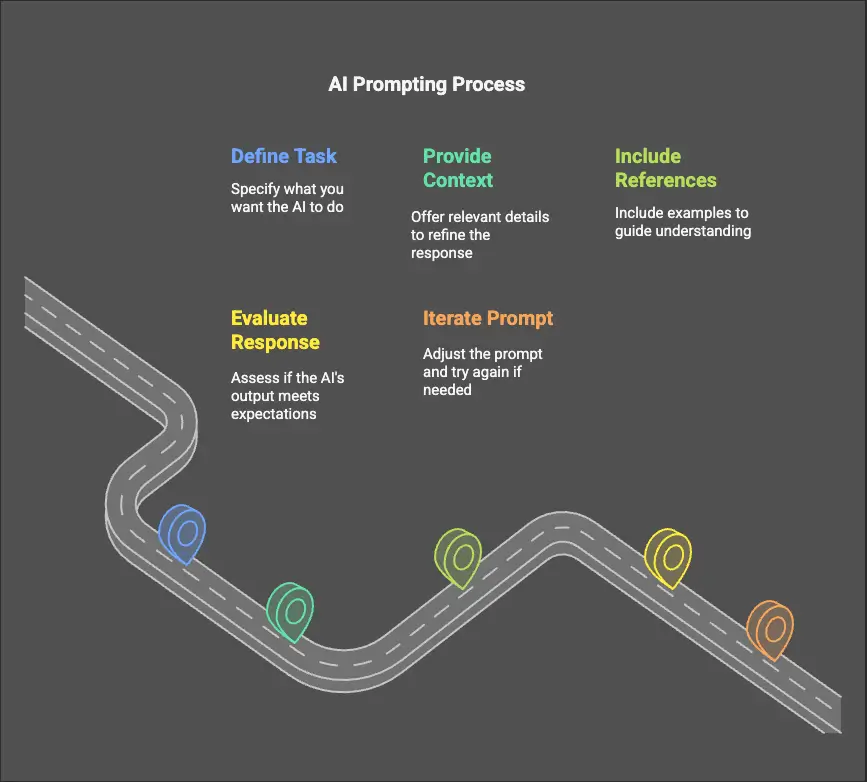
- Task: Define what you want the AI to do. For example, if you need blog ideas, specify the type of blog and target audience.
- Context: Provide relevant details to refine the AI’s response. The more information you give, the more precise the output.
- References: Include examples to guide the AI’s understanding. If you need a formal email, mention an example of a well-written one.
- Evaluate: Assess whether the AI’s response meets your expectations.
- Iterate: If the response isn’t ideal, tweak your prompt and try again.
For example, instead of a vague request like "Suggest blog topics," try:
"As an AI tech expert, suggest three blog topics tailored for a website focused on AI innovations for readers aged 20-35."
Crafting Effective Prompts
Once you understand the basics, the next step is refining your prompts for even better results. Here are some key strategies:
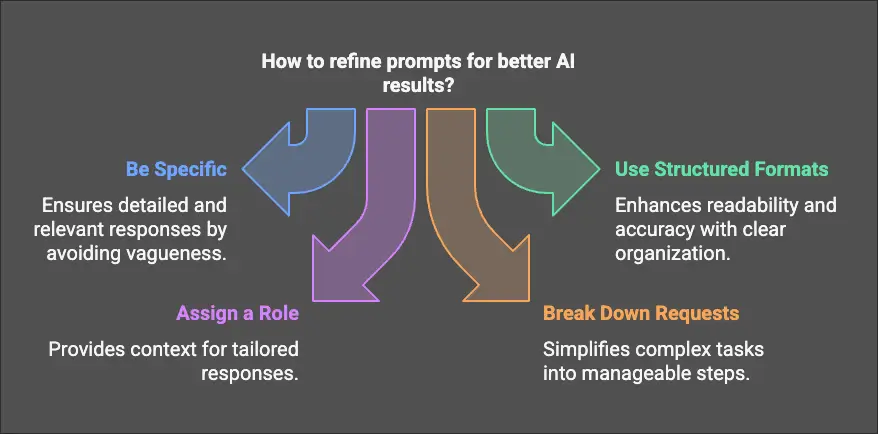
1. Be Specific and Descriptive
Vague prompts lead to generic responses. Instead of asking for "a sales email," be more precise:
"Write a concise and friendly sales email introducing a new gym schedule, highlighting the updated class times."
2. Use Structured Formats
Structuring your prompt improves readability and accuracy. For example:
"List five benefits of daily meditation in bullet points."
3. Assign a Role for Better Context
Setting a role helps AI tailor responses effectively. For instance:
"As a marketing expert, create a launch strategy for an app targeting Gen Z users."
4. Break Down Complex Requests
If a task is too complex, split it into smaller steps. Instead of requesting a full marketing strategy at once, start with:
"What are the three key elements of a successful product launch?"
Advanced Techniques in Prompt Engineering
Once you're comfortable with basic prompting, you can take it a step further with advanced techniques:
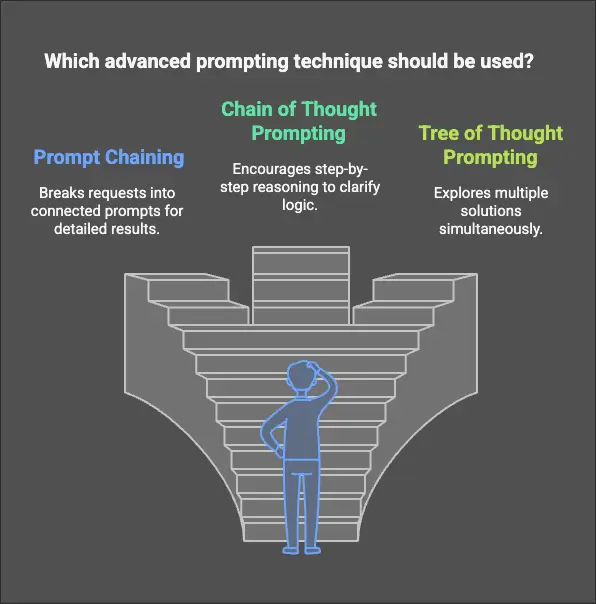
1. Prompt Chaining
This technique involves breaking a request into multiple connected prompts to get better results. For example:
- Describe my product in two sentences.
- Suggest a catchy tagline based on that description.
- Create a marketing plan using the tagline.
2. Chain of Thought Prompting
Ask the AI to explain its reasoning step-by-step. Example:
"Explain the logic behind creating a launch plan for a new food ordering app."
3. Tree of Thought Prompting
This approach allows AI to explore multiple solutions at once. Example:
"List three different marketing strategies for a new AI-powered productivity tool, each targeting a different audience."
Using AI Responsibly
AI is powerful, but it’s not perfect. Google’s course highlights two key concerns:
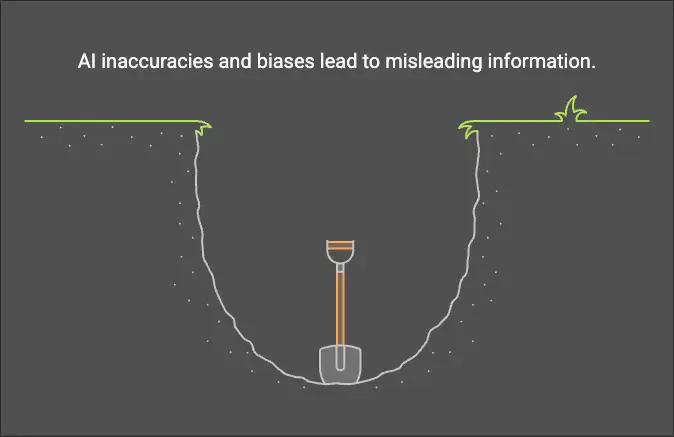
- AI Hallucinations: Sometimes AI generates inaccurate or misleading content. Always fact-check responses before using them.
- Bias in AI: AI models can reflect biases from their training data. Be mindful of biases and ensure ethical, inclusive content.
Practical Applications of AI Prompting
Here are some real-world use cases where prompt engineering can improve productivity:
- Writing Emails: "Draft a short, friendly email informing staff about a new work-from-home policy."
- Data Analysis: "Analyze this dataset and summarize the key trends."
- Presentation Creation: "Generate an outline for a 10-slide presentation on AI’s impact on healthcare."
Sample Super Prompt:
Context:
You are an expert AI tech writer creating SEO-optimized, human-friendly content that is engaging, informative, and ranks well on search engines.
Task:
Write a clear, well-researched AI tech article (e.g., AI trends, tools, ethics, business applications) using natural, engaging language. Include relevant insights, and real-world examples, and answer common reader questions.
Output References:
- Use HTML formatting (
<h1>,<h2>,<b>,<li>). - Incorporate SEO keywords naturally without stuffing.
- Maintain a conversational, professional tone with an active voice.
Constraints:
- 1,500-2,000 words, clear and readable (Flesch score 60+).
- Internal & external linking for credibility.
- Avoid excessive jargon; explain complex terms simply.
Exclusions:
- No AI-generated fluff, outdated info, or excessive promotions.
- No redundant or filler content.
Final Thoughts
Mastering AI prompt engineering takes time and practice, but once you refine your skills, AI can become a powerful tool for enhancing productivity, creativity, and efficiency. It's really not that difficult. The key is to communicate clearly, iterate often, and experiment with different styles to get the best results.
Now it’s your turn—start crafting super prompts and unlock AI’s full potential! 🚀




